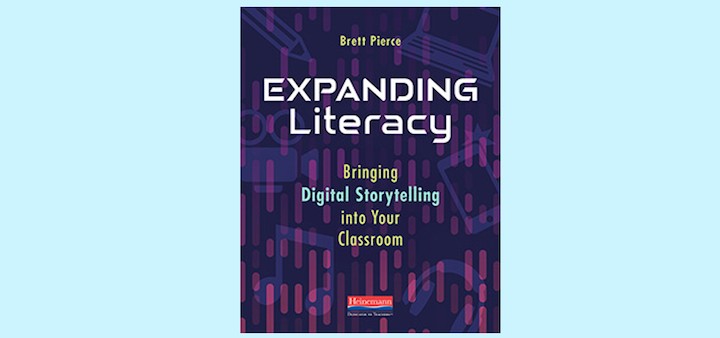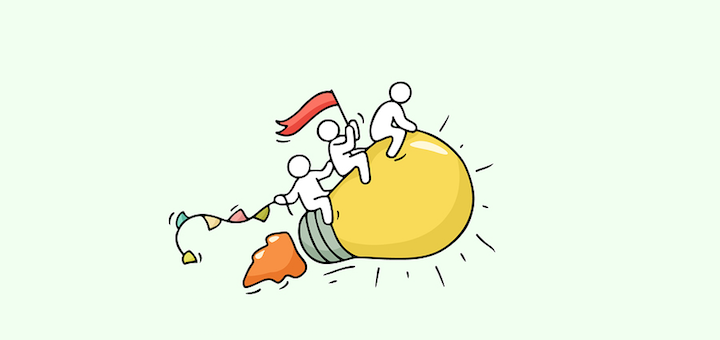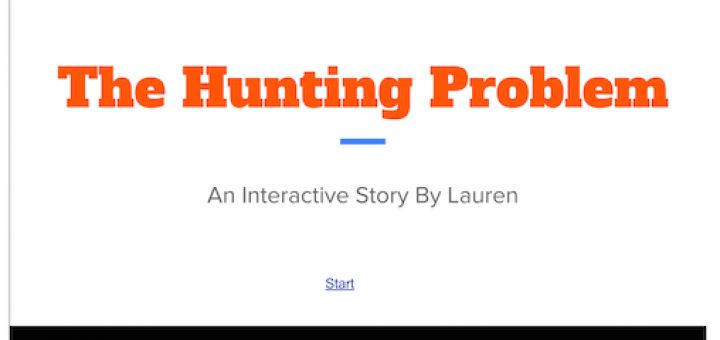Tagged: digital storytelling
Discover the ‘language’ of digital storytelling – imagery, music, sound, words – in Brett Pierce’s “Expanding Literacy.” In addition to describing the skills students can gain by developing stories digitally, Pierce offers excellent activities and projects, says Anne Anderson.
Digital literacy leader Brett Pierce lays out the elements of digital storytelling and shows how students can take the lead in using digital tools to collaborate, think critically, problem solve, and present publicly, creating digital narratives around core curricular goals.
Digital storytelling lets student writers share their own characters who come to life, engage in dialogue, and move around the setting. Best of all, it helps middle grades teachers reach all types of learners. Sam Weigle and Katie Caprino offer examples and suggested tools.
As summer approaches, finding a balance between post-testing fluff and demanding, multi-week projects can be a challenge. Middle school teacher Cheryl Mizerny shares a bevy of her own classroom-tested activities that are brief, enjoyable and likely to spur learning.
What happens when second person narrative meets interactive historical fiction? Kevin Hodgson’s sixth graders find out as he introduces digital Make Your Own Adventures. Click through choices in students’ Google Slides to venture into early civilization.
If you are looking for detailed, richly resourced content ideas on how to integrate technology, Literacy Lessons for a Digital World is for you. The book does not emphasize how to work with the software and programs, says Sandy Wisneski.
Digital Storytelling: Guide for Educators from 2010 can help teachers start to explore digital storytelling as a powerful instructional strategy, says teacher-reviewer Kevin Hodgson.















